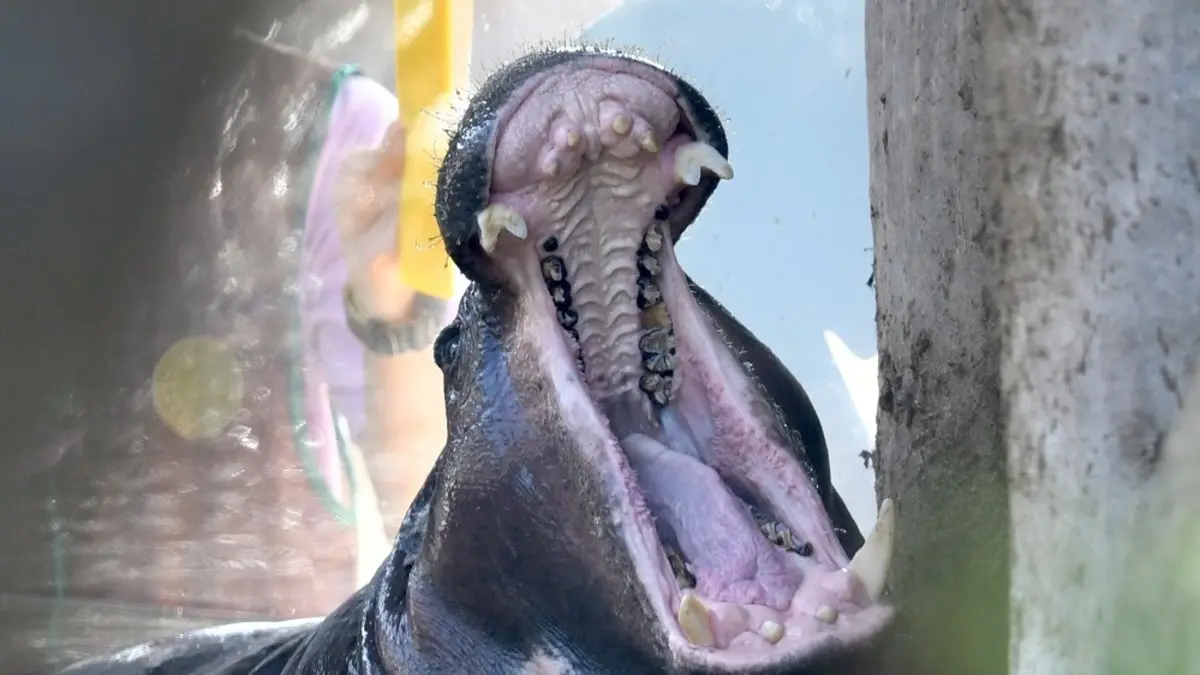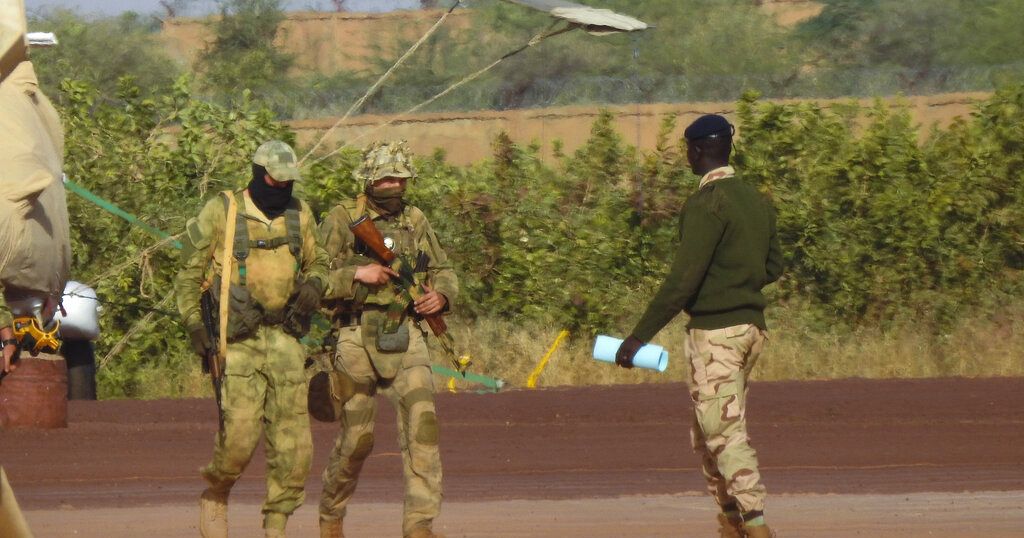Hippos lie in the water in one of the dry channel of the wildlife reach Okavango Delta near the Nxaraga village in the outskirt of Maun, on 28 September 2019.
Lead author of the report Frankie Osuch said they found “the increase in hippo ivory trade in the UK within a month after the near total-ban of elephant ivory was introduced”.
Researchers in the report published in September say this pattern was clear as far back as 1989, when a worldwide ban on trade in ivory was first agreed. and has only intensified as governments have brought in new measures to tighten the ban. Hippo teeth and tusks are often used for decorative carvings just like ivory, except that they are cheaper and easier to get.
In Afica, Tanzania, Uganda, Zambia and Zimbabwe were the source of three-quarters of the estimated 13,909 hippos whose parts and products were traded between 2009 and 2018.
Ten countries in West and Central Africa in November said there had continued to be a sharp decline in numbers of Hippopotamus, due to poaching and land degradation.



